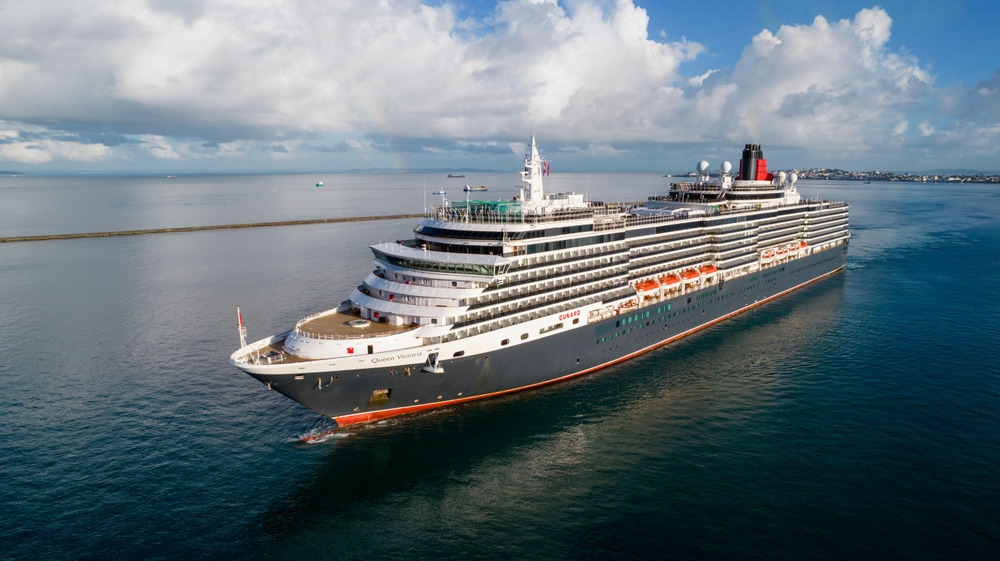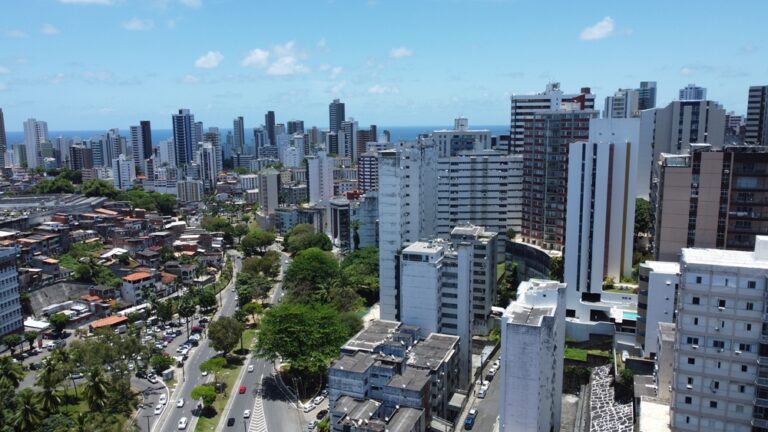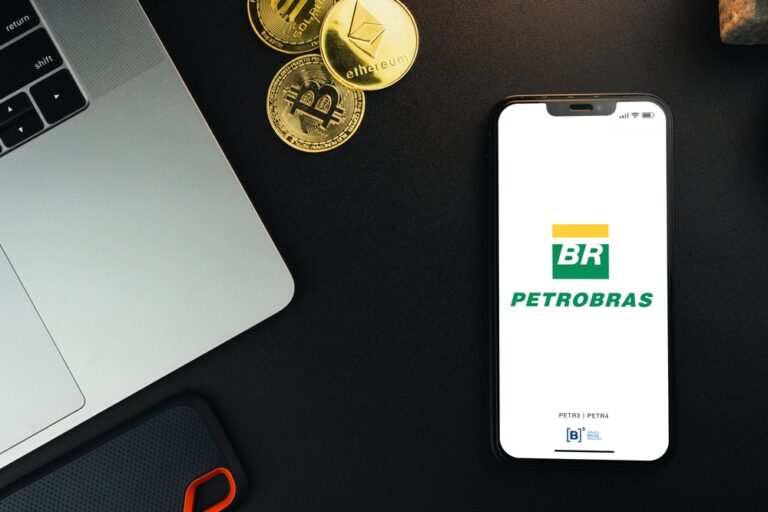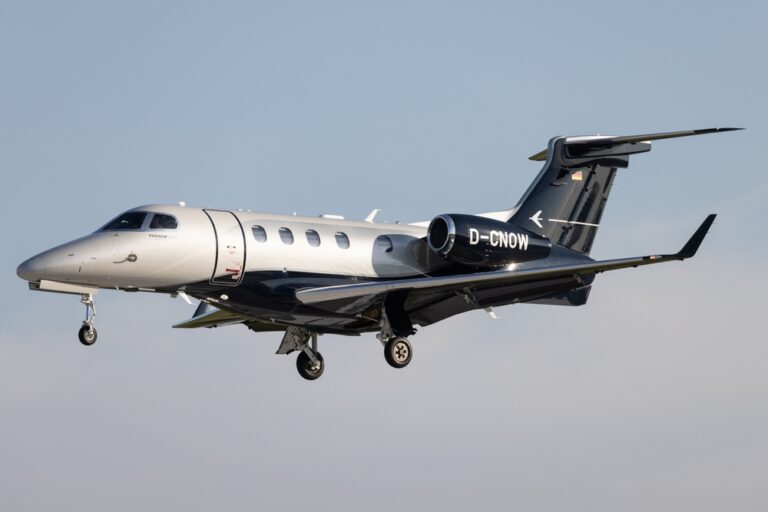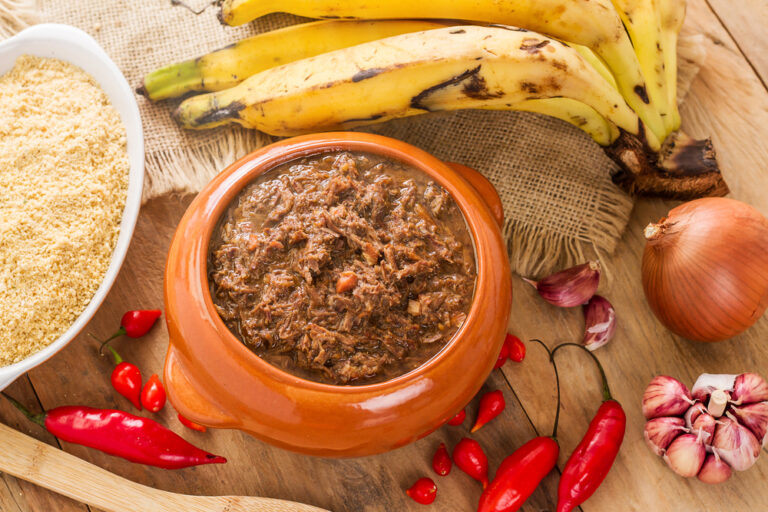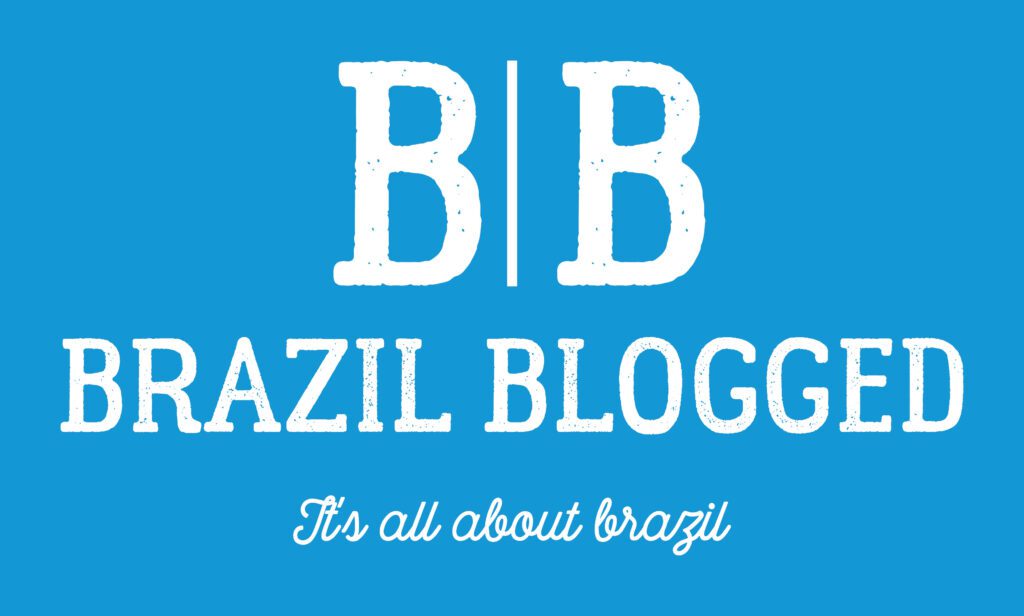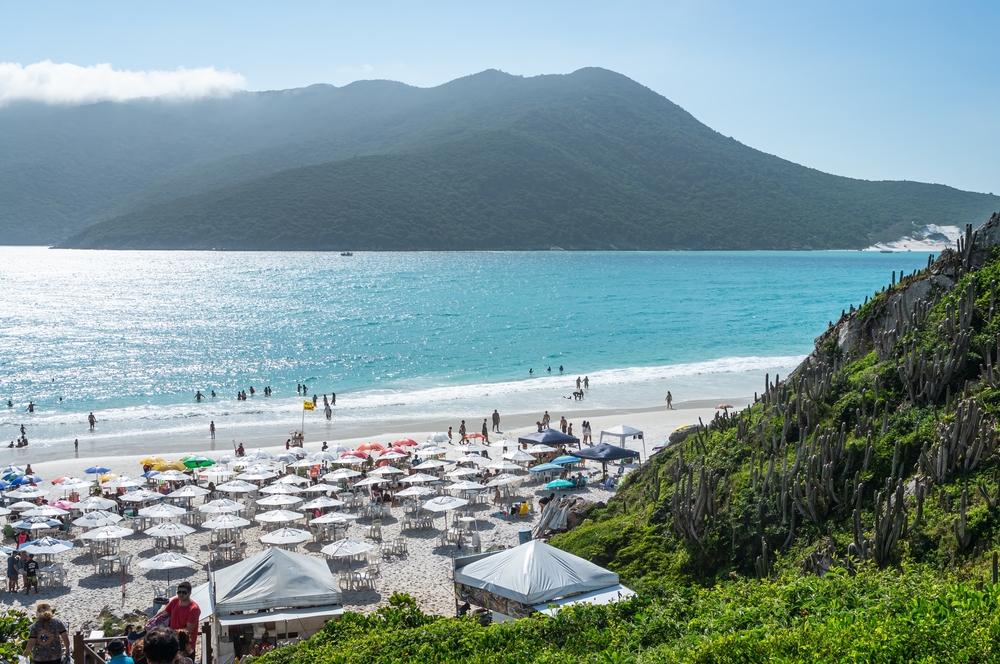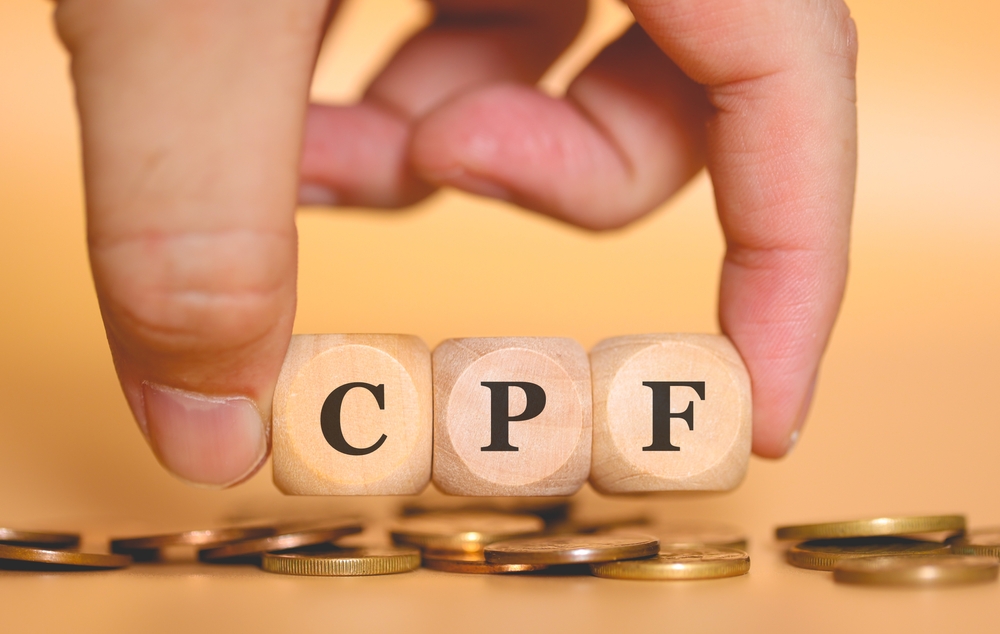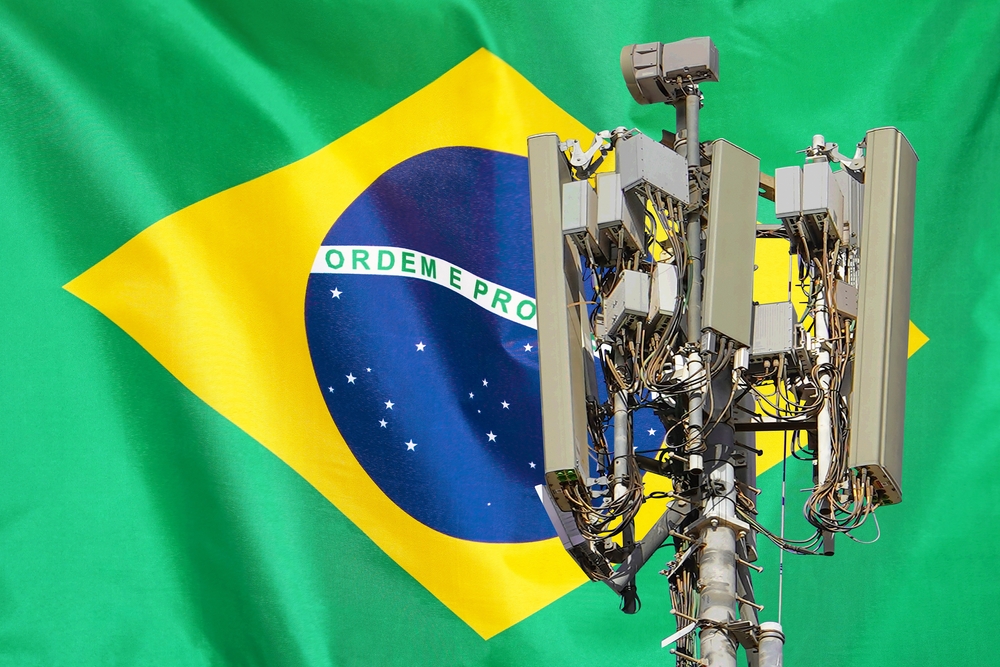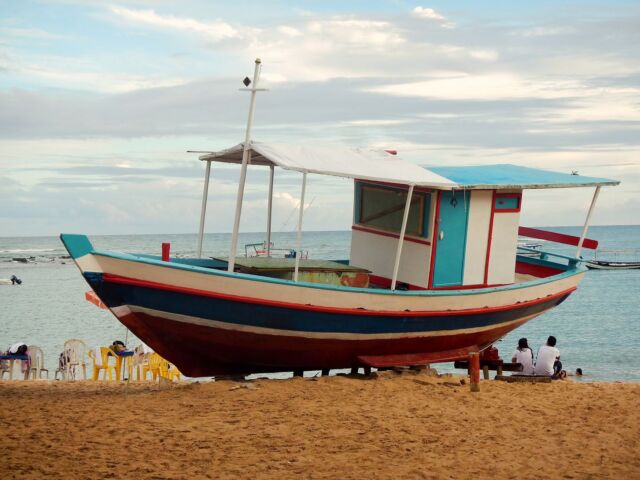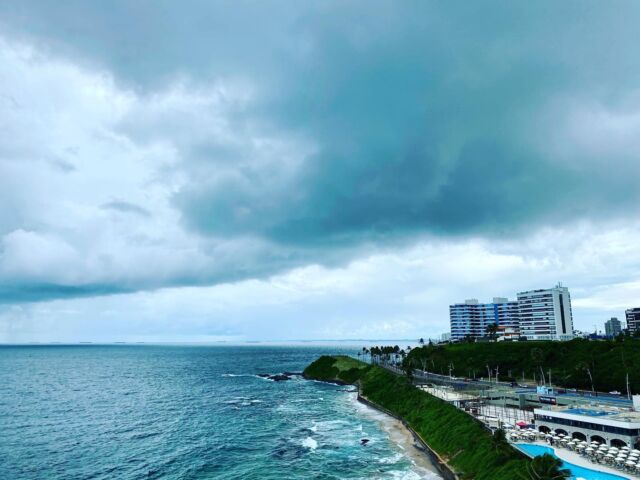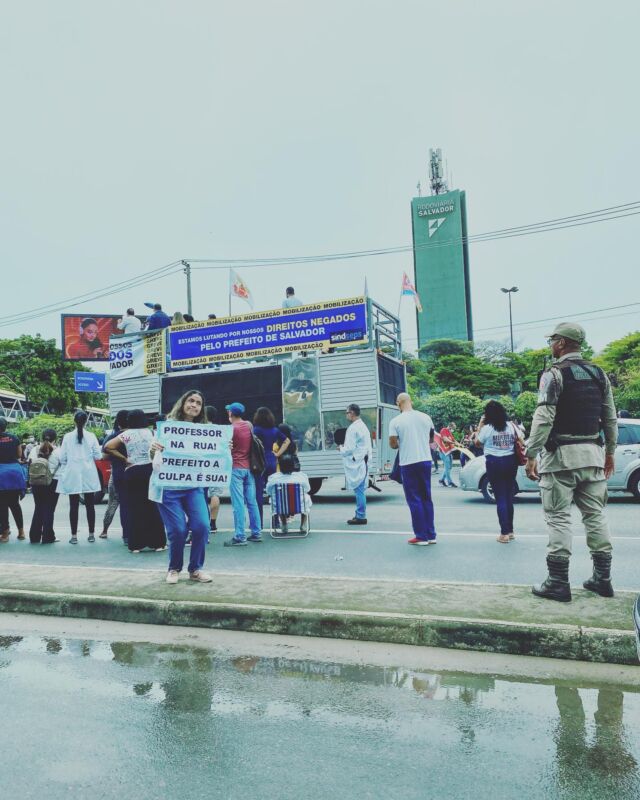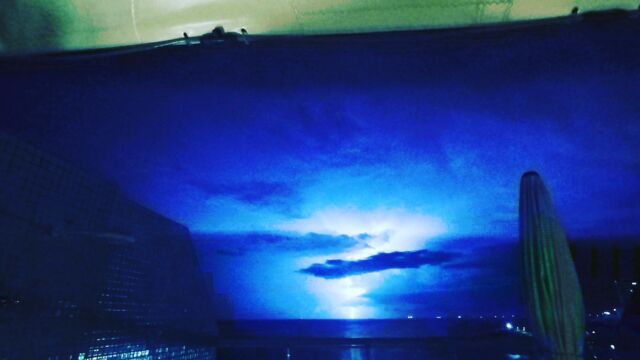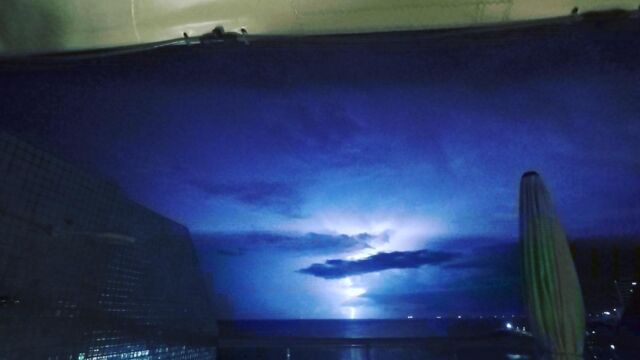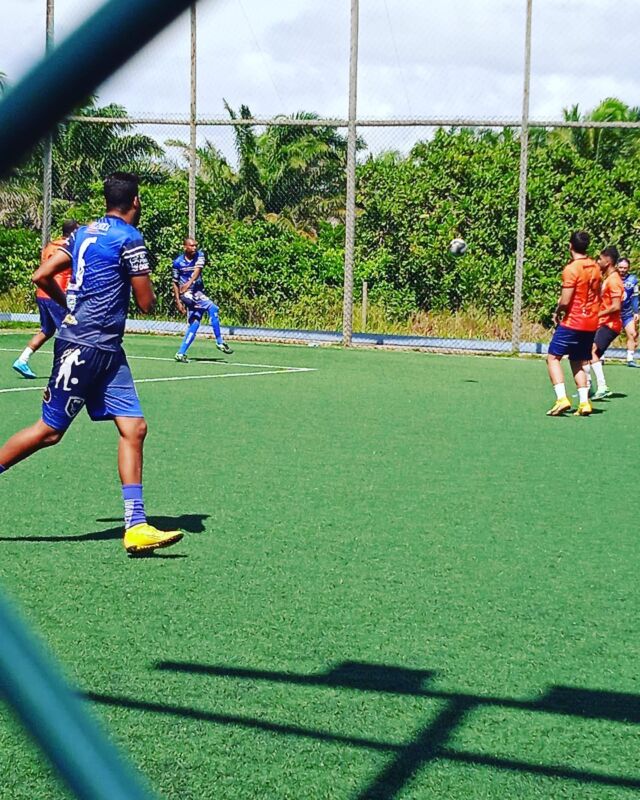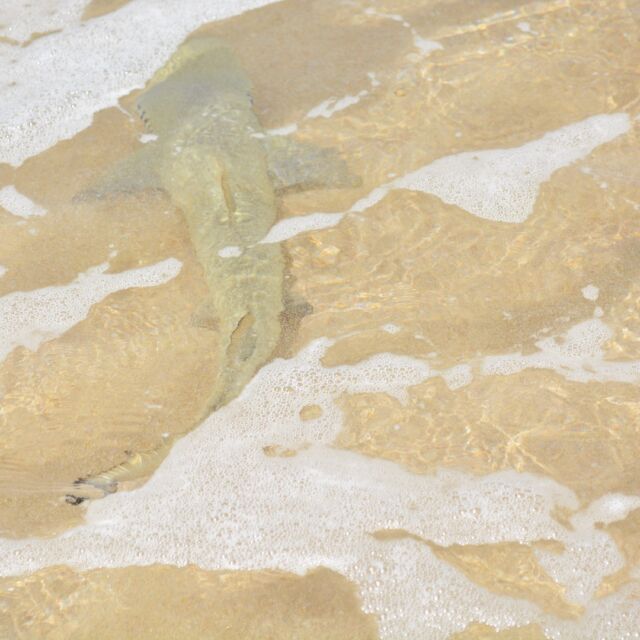Table of Content
ToggleIntroduction
Brazil’s cruise industry is experiencing remarkable growth in 2025, with record-breaking numbers both domestically and globally. Recent reports show that the Brazilian cruise market is expanding rapidly, with the 2024-2025 season showing significant increases in capacity and berths compared to previous years. The projected revenue in Brazil’s cruise sector is expected to reach US$398.72 million in 2025, with continued growth anticipated in the coming years.
The majority of cruise travelers in Brazil are domestic tourists, contributing substantially to the country’s economy through various channels including port fees, passenger spending, and employment opportunities. Major international cruise lines have increased their presence in Brazilian waters, offering more diverse itineraries that showcase the country’s extensive coastline and vibrant port cities.
This growth comes despite previous challenges in regulatory frameworks and infrastructure limitations that had historically constrained the industry’s potential. With improved facilities and streamlined regulations, Brazil is positioning itself as a key player in the global cruise market, attracting both international visitors and domestic travelers seeking unique vacation experiences along its tropical shores.
Key Takeaways
- Brazil’s cruise industry is reaching record revenues of nearly US$400 million in 2025 with strong growth projected to continue through 2029.
- Most cruise passengers in Brazil are domestic tourists, creating significant economic impacts through direct and indirect spending.
- The Brazilian cruise market is expanding with increased capacity and more diverse itineraries for the 2024-2025 season compared to previous years.
History of the Cruise Industry in Brazil
Brazil’s cruise industry has roots in the country’s rich maritime history. The nation’s economy was significantly shaped by sugar production and later diversified through gold discovery, coffee harvests, and the 19th-century rubber boom.
Cruise companies first entered the Brazilian market to optimize their fleets during the Northern Hemisphere’s off-season. This strategic decision allowed companies to maintain year-round operations while introducing cruise tourism to South American waters.
The Port of Santos has served as a crucial hub for Brazil’s cruise development. From the 1998/1999 season to 2013/2014, the port experienced remarkable growth with an average yearly increase of 14.3% in passengers, ships, and port calls.
Key Growth Factors:
- Geographic advantage of Brazil’s extensive coastline
- Rising middle class with disposable income
- Infrastructure improvements at major ports
- International cruise line investments
During the 2018/2019 season, most supplies for cruise vessels came from within Brazil itself, particularly from São Paulo. This demonstrates the industry’s growing integration with the national economy.
Recent years have seen the Brazilian cruise market achieve record-breaking numbers, mirroring global industry growth trends. The sector continues to expand, poised for further development as Brazil strengthens its position as a premier cruise destination in South America.
Economic Impact of Cruises in Brazil
Brazil’s cruise industry has experienced significant economic growth, with record-breaking revenue and financial contributions to the national economy. The sector’s direct and indirect impacts extend throughout coastal regions and beyond.
Contribution to Local Economy
The cruise industry in Brazil has shown remarkable financial impact on the local economy. The 2023/2024 cruise season injected R$5.2 billion (approximately $937 million) into the Brazilian economy, marking the largest economic contribution in the historical series. This represents a significant 126% increase from a decade ago when revenues stood at R$2.3 billion.
Passenger spending plays a crucial role in this growth. Cruise tourists spend money in ports of call on:
- Shopping and souvenirs
- Local tours and excursions
- Restaurants and food services
- Transportation services
Cruise ships also make substantial port fee payments and purchase local supplies and services. By 2025, Brazil’s cruise market revenue is projected to reach US$398.72 million, showing continued growth potential.
Employment Opportunities
The cruise industry creates numerous jobs throughout Brazil’s coastal regions. These employment opportunities range from direct on-ship positions to indirect support roles in tourist destinations.
Key employment sectors include:
Direct Jobs:
- Ship crew and staff
- Port operations personnel
- Terminal management teams
Indirect Jobs:
- Tour guides and excursion operators
- Transportation providers
- Restaurant and retail staff
- Hotel and accommodation workers
The industry’s growth has led to increased demand for skilled workers in tourism and hospitality. According to CLIA, while global cruiser numbers grew by 7% between 2019 and 2023, Brazil experienced a 31% increase during the same period, driving employment needs.
This employment boost is particularly valuable for coastal communities that rely heavily on tourism income. Seasonal work during peak cruise months provides supplemental income for many Brazilians.
Popular Destinations and Itineraries
Brazil offers diverse cruise experiences with stunning coastal cities and Amazon adventures. Cruise lines typically feature key Brazilian ports that showcase the country’s vibrant culture, beautiful beaches, and historic sites.
Rio de Janeiro
Rio de Janeiro stands as Brazil’s premier cruise destination, welcoming visitors with its iconic landmarks and energetic atmosphere. The majestic Christ the Redeemer statue overlooks the city, providing breathtaking panoramic views for cruise passengers.
Copacabana and Ipanema beaches offer perfect spots for relaxation between excursions. Most ships dock at Pier Mauá, located close to the city center, making exploration convenient for travelers.
Cruise itineraries typically allow 1-2 days in Rio, giving passengers time to experience:
- Sugarloaf Mountain cable car rides
- Tijuca Forest excursions
- Lapa Steps and historic district tours
- Samba shows and local cuisine sampling
The best time to visit via cruise is December through March, though this coincides with Brazil’s high season for tourism.
Salvador
Salvador, Brazil’s first capital, delights cruise visitors with its preserved colonial architecture and Afro-Brazilian culture. The historic Pelourinho district, a UNESCO World Heritage site, features colorful buildings, cobblestone streets, and numerous churches dating back to the 17th and 18th centuries.
Cruise ships dock at Salvador’s modern terminal, where passengers can easily access the historic center via shuttle or taxi. The city is famous for its vibrant Carnival celebrations, second only to Rio’s in scale and energy.
Popular activities for cruise visitors include:
- Exploring the São Francisco Church with its ornate gold interior
- Witnessing capoeira performances in public squares
- Sampling Bahian cuisine featuring seafood and African influences
- Shopping for handmade crafts at Mercado Modelo
The tropical climate makes Salvador a year-round destination, though rainfall is more common between April and July.
Costa Cruises
Costa Cruises offers some of the most comprehensive Brazilian itineraries among major cruise lines. As an Italian company with strong South American connections, Costa provides specialized Brazil cruise experiences that often include longer stays in ports.
The company typically deploys multiple ships to Brazil during the Southern Hemisphere’s summer season (November-March). Costa’s vessels range from mid-sized to large ships equipped with amenities catering to international travelers.
Costa’s popular Brazilian routes include:
- Santos (São Paulo) to Rio round-trips
- Northern Brazil journeys featuring the Amazon
- South America grand voyages connecting Brazil with Argentina and Uruguay
The cruise line is projected to contribute significantly to Brazil’s growing cruise market, which is expected to reach US$398.72 million by 2025. Costa ships typically offer Portuguese as an official onboard language alongside Italian and English, enhancing the experience for Brazilian travelers.
Major Cruise Lines Operating in Brazil
Brazil’s cruise industry features several prominent operators that sail along its scenic coastline. These companies offer various itineraries exploring Brazil’s vibrant ports and cultural attractions.
MSC Cruises is one of the dominant cruise lines in Brazilian waters. Their ship MSC Seaview regularly operates 4-night cruises departing from Santos (São Paolo), providing affordable options for Brazilian travelers.
Costa Cruises maintains a strong presence with ships like the Costa Diadema, which offers 7-night South America journeys from Itajaí. Costa’s Italian-influenced service appeals to both local and international passengers.
Norwegian Cruise Line also serves Brazilian ports with their “classy, comfortable” ships. Their popular “Freestyle Cruising” concept has been well-received by travelers seeking flexibility during their voyage.
Many cruise itineraries include stops in Rio de Janeiro, a key Brazilian port city. Norwegian Cruise Line vesselsfrequently dock here during South American cruises, allowing passengers to experience this bustling, historical metropolis.
The Brazilian cruise market has been expanding, with more international cruise lines adding Brazilian ports to their itineraries. For 2025-2026, several small cruise ships have been selected to provide excellent onboard experiences while navigating Brazil’s waterways.
Regulatory Framework and Safety Measures
Cruise ships operating in Brazilian waters must follow strict regulations to ensure passenger safety. Brazil’s health authority enforces specific requirements that differ from international standards in several key ways.
Standards and Compliance
Cruise lines sailing in Brazil must adhere to both international maritime regulations and Brazil’s specific public health requirements. These regulations cover everything from water safety to emergency protocols and sanitation standards.
Ship operators must perform daily health screenings of passengers and maintain detailed records of any health incidents. According to cruise industry protocols, vessels must test 10% of passengers and 10% of crew members dailywhen operating in Brazilian waters.
Brazil maintains the authority to inspect vessels and enforce compliance at any port. Violations can result in significant fines, sailing restrictions, or even suspension of operations in Brazilian waters.
ANVISA’s Role
ANVISA (Agência Nacional de Vigilância Sanitária) serves as Brazil’s health surveillance agency with broad powers over cruise operations. The agency establishes and enforces health standards specifically for maritime vessels entering Brazilian ports.
During health emergencies, ANVISA can take strong action to protect public health. For example, during COVID-19 outbreaks, the agency recommended the complete suspension of the cruise season to prevent disease spread.
Ship masters must follow specific procedures after discovering any health concerns, working directly with ANVISA officials. These procedures are outlined in each vessel’s security plan and must align with Brazilian port health control requirements.
ANVISA regularly updates its regulations based on emerging health threats and international standards.
Environmental Concerns and Sustainable Practices
The cruise industry in Brazil faces growing scrutiny over its environmental footprint. Cruise ships produce significant amounts of waste, requiring better sustainable practices to minimize their impact on Brazil’s delicate coastal ecosystems.
Research indicates there is limited scientific focus on the convergence of environmental sustainability and cruises in Brazil. This knowledge gap presents challenges for developing effective policies that protect the environment while supporting tourism growth.
Cruise lines operating in Brazilian waters are working to reduce their environmental impact through several key initiatives:
- Advanced wastewater treatment systems
- Reduced single-use plastics
- Shore power capabilities
- Energy-efficient technologies
- Waste management programs
The global cruise industry has committed to not discharging untreated sewage anywhere in the world. This commitment is particularly important for Brazil’s coastal waters, which host sensitive marine ecosystems and popular tourist beaches.
Brazilian ports are gradually adopting infrastructure to support these sustainable practices. Ports in Rio de Janeiro and Santos now offer improved waste reception facilities to handle cruise ship refuse properly.
The industry is also pursuing broader environmental goals. Cruise companies have pledged to reduce emissions both at sea and in ports, working toward net zero emissions by 2050.
Despite these efforts, environmental groups continue to monitor the industry’s impact on Brazil’s marine environments. The balance between economic benefits and environmental protection remains a key concern for the future of cruising in Brazilian waters.
Impact of Global Trends on Brazil’s Cruise Industry
The global cruise industry has faced significant fluctuations in recent years, with direct effects on Brazil’s market. Since the 2012/2013 season, Brazil has experienced a reduction in cruise operations along its coast, resulting in fewer cabins and available itineraries.
Despite this historical decline, recent data shows promising developments. The November 2023 to April 2024 cruise season generated R$5.18 billion for the Brazilian economy, marking a significant recovery and growth potential.
Global cruise demand has influenced Brazil’s market in unexpected ways. While worldwide cruiser numbers grew by 7% between 2019 and 2023, Brazil experienced a remarkable 31% increase during the same period.
Brazil’s growing middle class and their desire for unique travel experiences have contributed to increased demand for luxury cruises in the country. This trend aligns with global shifts toward experiential tourism.
Employment in Brazil’s cruise sector remains substantial with 15,465 jobs, though this represents a 25.1% decrease from 2010/11 levels. This reflects both regional economic conditions and broader industry restructuring.
South America’s cruise market, with Brazil at its center, continues to adapt to changing global patterns. The industry now faces the challenge of balancing international trends with local market conditions and infrastructure limitations.
Future Prospects and Developments in Cruising
Brazil’s cruise industry shows promising growth with revenue projected to reach $398.72 million by 2025. The market is expected to maintain a steady annual growth rate between 2025-2029.
After experiencing a decline since the 2012/2013 season with fewer cruises operating along the Brazilian coast, the industry is now showing signs of recovery. This earlier reduction affected available cabins and itineraries.
The 2024-25 cruise season appears promising with expanded offerings. Theme cruises are becoming increasingly popular, with PromoAção Eventos planning to operate 13 theme cruises in Brazil during this period after chartering the MSC Seaview for over 40 days.
Innovations in the cruise experience are likely to include:
- Enhanced digital services onboard
- Eco-friendly ship technologies
- Customized local experiences
- Improved port infrastructure
Brazil experienced significant relative gains in cruise passengers during 2023, positioning it among key markets showing strong recovery momentum.
The industry’s future in Brazil will likely depend on continued infrastructure development at ports and terminals. This development would allow larger ships to visit and improve the passenger experience.
Consumer trends indicate growing interest in cruises that highlight Brazilian culture and natural attractions, creating opportunities for specialized local cruise products.
Frequently Asked Questions
Brazil’s cruise industry faces unique challenges and opportunities due to its extensive coastline and diverse ports. Tourists and industry experts commonly seek information about regulations, environmental impacts, and seasonal operations along Brazilian shores.
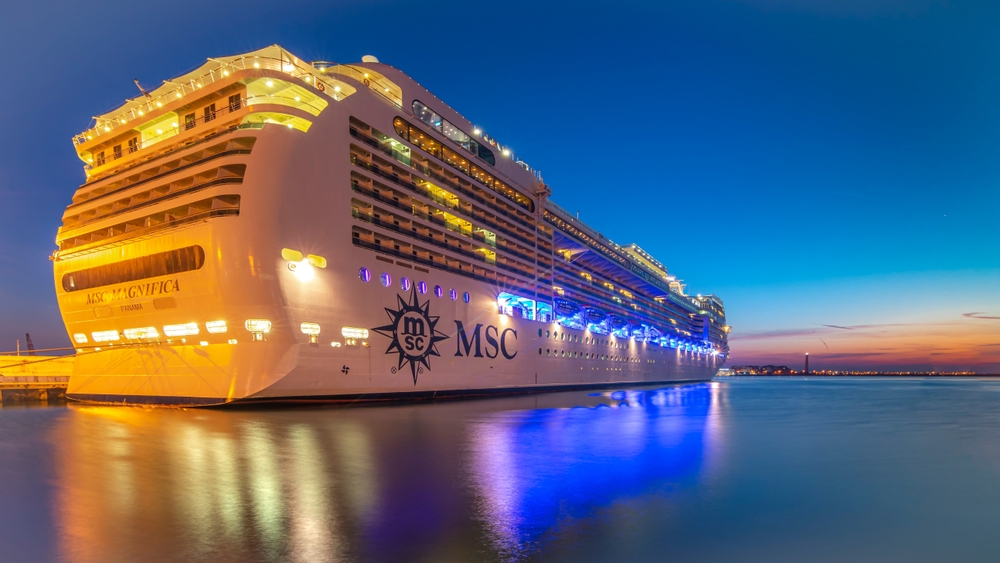
How has the cruise industry impacted tourism in Brazil?
The cruise industry has significantly boosted Brazil’s tourism sector by bringing international visitors to coastal citiesthat might otherwise see fewer tourists. In peak seasons, major ports like Rio de Janeiro and Santos can welcome thousands of visitors daily.
Cruise passengers contribute substantially to local economies through shore excursions, restaurant visits, and shopping. Studies show that cruise tourists spend an average of $100-150 per port day in Brazilian cities.
Local businesses in port cities have adapted to cater specifically to cruise passengers, creating specialized tours and services. This has created thousands of seasonal jobs in tourism-related sectors across Brazilian coastal communities.
What are the major cruise lines operating in Brazil?
MSC Cruises maintains the strongest presence in Brazil, offering regular sailings and frequently asked questions services for travelers. Their ships often homeport in Santos and Rio during the South American summer.
Royal Caribbean International operates seasonal cruises in Brazilian waters, with clear booking terms and conditionsfor passengers. They typically deploy 1-2 ships to the region annually.
Costa Cruises, with its Italian heritage, has established a loyal following among Brazilian passengers. Other operators include Norwegian Cruise Line and Celebrity Cruises, though with more limited seasonal offerings.
What are the peak seasons for cruising in Brazil?
The Brazilian cruise season runs primarily from November to April, coinciding with the Southern Hemisphere summer. December and January represent the absolute peak, with maximum ships deployed and highest ticket prices.
Weather conditions are ideal during these months, with warm temperatures and generally calm seas along the coast. Many cruises are specifically timed to include New Year’s Eve in Rio de Janeiro or Carnival celebrations.
The shoulder seasons of November and April offer better value with fewer crowds but still pleasant conditions. Most cruise lines completely withdraw from Brazilian waters during the May to October period.
What regulations govern the cruise industry in Brazil?
Brazil requires most international visitors to obtain visas before arrival, including cruise passengers. This requirement applies even to those visiting Brazilian ports during a cruise, though some exceptions exist for certain shore excursions.
The Brazilian Maritime Authority (NORMAM) establishes strict safety and environmental regulations for vessels operating in national waters. These include waste management protocols, emissions standards, and passenger safety requirements.
Cabotage laws restrict foreign-flagged vessels from transporting passengers between Brazilian ports exclusively. This means most international cruise lines must include at least one foreign port in their Brazilian itineraries.
How does Brazil’s cruise industry compare to other South American countries?
Brazil dominates the South American cruise market due to its extensive coastline and multiple viable ports. Its industry is approximately three times larger than Argentina’s, its closest regional competitor.
Unlike Chile, which focuses on expedition cruising to Patagonia and Antarctica, Brazil emphasizes mainstream cruising with larger ships and resort-style amenities. This creates different market segments within South America.
Brazilian ports generally handle larger vessels than other countries in the region, with infrastructure investments exceeding those of neighboring nations. However, ports in Argentina and Uruguay often receive higher passenger satisfaction ratings.
What are the environmental considerations for cruise operations in Brazilian waters?
Brazil’s cruise industry faces challenges in protecting sensitive marine ecosystems, particularly near Fernando de Noronha and Abrolhos Marine Park. Strict anchoring restrictions and marine sanctuary boundaries limit where ships can operate.
Waste management remains a critical concern, with regulations requiring advanced treatment systems for all discharges. Enforcement has intensified since 2020, with substantial fines for violations.
Air quality considerations have led to emission control areas near major cities. Cruise lines have responded by equipping ships with scrubber technology or switching to lower-sulfur fuels when operating in Brazilian waters.

